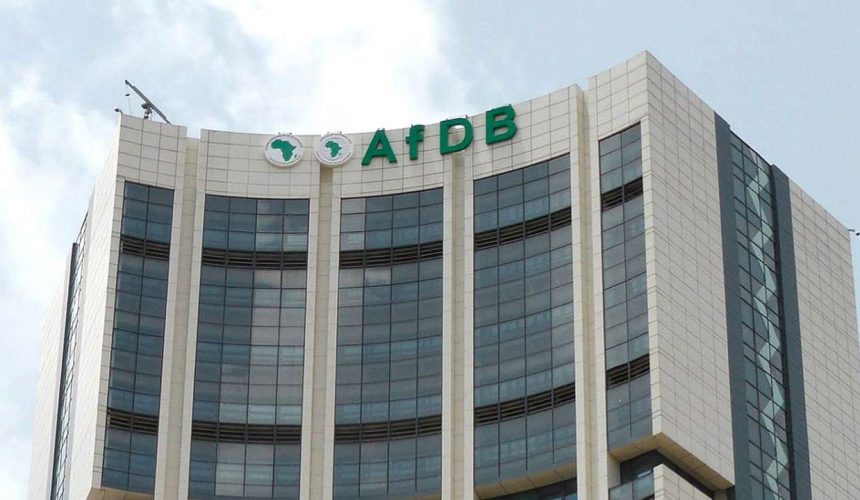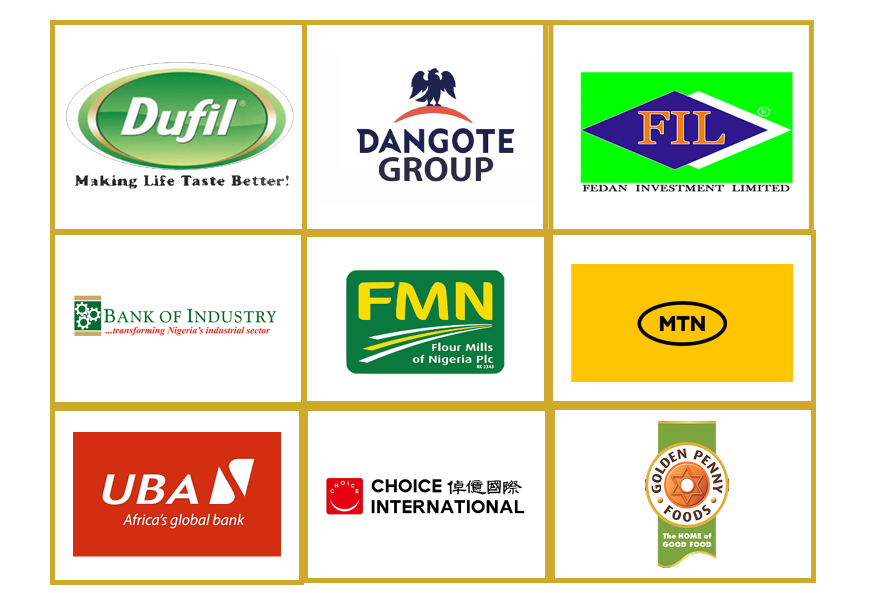Procter & Gamble has slashed its annual advertising expense by $350m (£290m) or 5% to $6.75bn.
It is the third year in a row that the consumer goods giant has cut its global adspend, in a move that could threaten its status as the world’s biggest advertiser.
P&G, the owner of brands such as Always, Gillette, Pampers and Pantene, said in its annual report for the year to June 2019 that it reduced marketing spend in all five of its key business segments – beauty, grooming, healthcare, fabric & home care and baby, feminine & family care.
The company began a group-wide efficiency drive in 2012 and focused particularly on agency fees two years ago as it battled weak revenue growth and the rise of direct-to-consumer rivals.
A P&G spokesman said: “While the absolute 2019 ad spend figure is down versus the prior year, we’ve increased our reach at the same time as we continue to eliminate waste and reduce excess frequency in the media supply chain – savings we can take to the bottom line or reinvest to reach more people.
“It ladders back to the work that we have been undertaking over the past several years to reinvent brand building: from wasteful mass marketing to mass one-to-one brand building fuelled by data and technology, reinventing advertising from mass clutter to ads consumers look forward to, and reinventing agency partnerships to transform creativity and get our hands on the keyboard.”
Performance marketing
On P&G’s earnings call last week, David Taylor, the chief executive, said the company was investing more in performance marketing as it targeted audiences more precisely.
“In the past, we’ve had broad demographic groups that we targeted with our media and it’s always been said that half your media is wasted and you still don’t know what happened [in terms of measuring what worked effectively],” he said.
However, P&G has been able to change its marketing strategy as it has built up a “large proprietary database” of more than one billion consumer IDs in recent years, he said.
“We have the data now to find out what half it is [that’s working in terms of media spend],” Taylor explained, adding he expected P&G to become “more accomplished at performance marketing” as it used data to target consumers “in a respectful way”.
Other FMCG giants have been making efficiencies. Unilever told investors in March it saved more than €500m (£430m) on marketing last year as it said it created “more content in-house while making existing assets go further”.
Unilever’s total spend on brand and marketing investment dropped to €7.16bn ($8bn) from €7.57bn in 2017.
Agency groups have been suffering from cuts across the FMCG sector.
Publicis Groupe said it took a 0.75% hit to group revenue, worth an estimated €33m, in the first six months of 2019 from just one unnamed FMCG client that slashed its fee.
P&G has long been ranked as the world’s biggest advertiser, but new rivals are emerging such as Amazon, which hiked its marketing spend by 30% to $8.2bn (£6.3bn) last year.
Analysts warn it can be difficult to make like-for-like comparisons on adspend in stock market filings because companies often use different methods to calculate advertising, marketing and other promotional expense.
Campaignlive







Comment
No comments found.